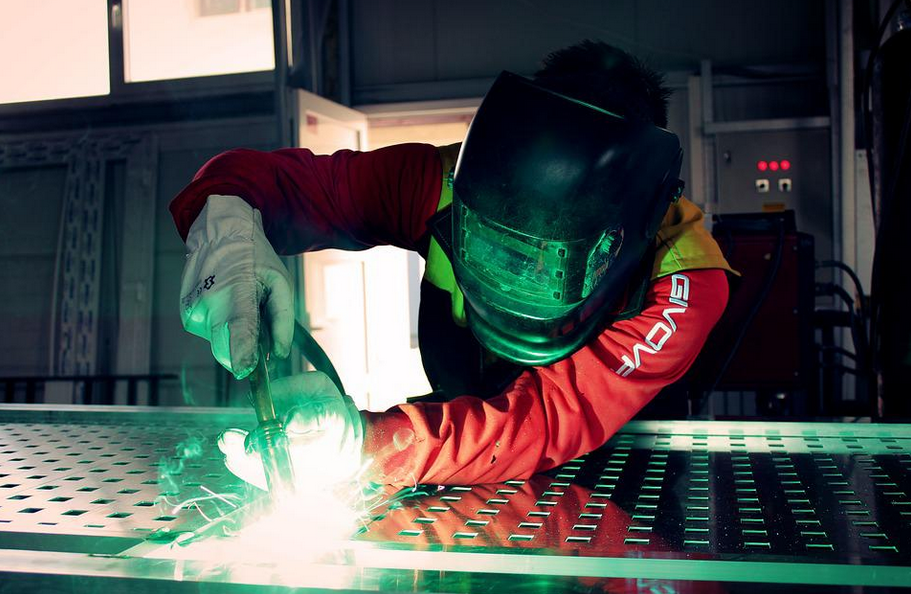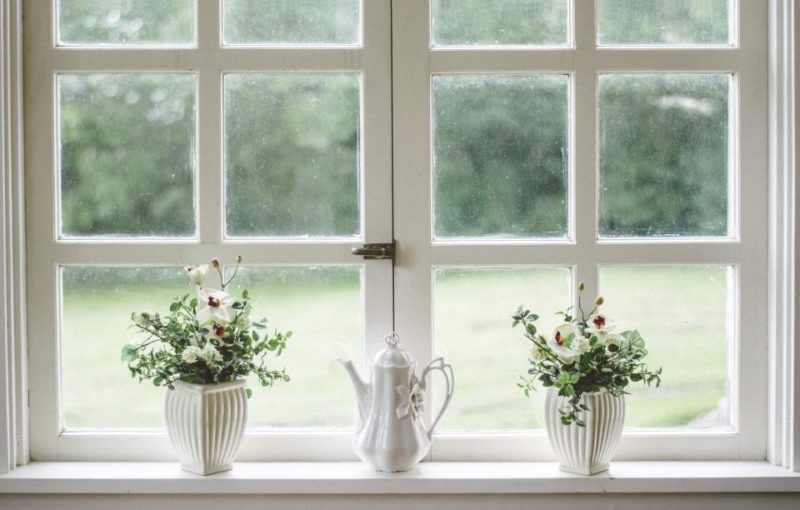The Different Types of Plate Heat Exchanger

There are many types of plate heat exchanger on the market today. It can be difficult when deciding which one is right for your business. People who are not familiar with it often ask, what is a plate heat exchanger? A plate heat exchanger is a device that transfers heat between two fluids.
A thin metal plate separates the fluids. The fluid on one side of the plate is called the primary fluid, while the other fluid is called the secondary fluid. Here, we will discuss the different types of plate heat exchanger and provide information about each one. We will also offer a comparison chart to see each type’s pros and cons.
Brazed Plate Heat Exchangers
 One of the most popular types of plate heat exchanger is the brazed plate heat exchanger. This type of exchanger comprises two stainless steel plates that are joined together with a copper or nickel alloy. The advantages of this type of exchanger are that it is very strong and durable. It also has a high thermal conductivity, so it can transfer heat very efficiently. The disadvantages of this type of exchanger are that it is more expensive than other types and it is not as easy to clean.
One of the most popular types of plate heat exchanger is the brazed plate heat exchanger. This type of exchanger comprises two stainless steel plates that are joined together with a copper or nickel alloy. The advantages of this type of exchanger are that it is very strong and durable. It also has a high thermal conductivity, so it can transfer heat very efficiently. The disadvantages of this type of exchanger are that it is more expensive than other types and it is not as easy to clean.
Welded Plate Heat Exchangers
Another popular type of plate heat exchanger is the welded plate heat exchanger. This type of exchanger comprises two stainless steel plates that are joined together with a welding process. The advantages of this type of exchanger are that it is very strong and durable. It also has high thermal conductivity so that it can transfer heat very efficiently. The disadvantages of this type of exchanger are that it is more expensive than other types and it is not as easy to clean.
Shell and Tube Heat Exchangers
 The last type of plate heat exchanger that we will discuss is the shell and tube heat exchanger. This type of exchanger consists of a series of tubes placed in a shell. The advantages of this type of exchanger are that it is very easy to clean and maintain. It also has a high thermal conductivity so that it can transfer heat very efficiently. The disadvantages of this type of exchanger are that it is more expensive than other types and it is not as durable. In fact, it is one of the least durable types of exchangers on the market.
The last type of plate heat exchanger that we will discuss is the shell and tube heat exchanger. This type of exchanger consists of a series of tubes placed in a shell. The advantages of this type of exchanger are that it is very easy to clean and maintain. It also has a high thermal conductivity so that it can transfer heat very efficiently. The disadvantages of this type of exchanger are that it is more expensive than other types and it is not as durable. In fact, it is one of the least durable types of exchangers on the market.
Plate heat exchangers come in various types, each with its own set of benefits and drawbacks. When selecting a plate heat exchanger for your process, it’s essential to consider the specific needs of your application. We hope this article has given you a better understanding of the different types of plate heat exchangers and their uses.…


 You need to make sure that the company has a snow removal specific insurance. Some companies may try to obtain insurance that does not specifically deal with snow removal. A good contractor will always be prepared to deal with any situation that might arise from the snow removal process. They also need to guarantee a continuous supply of salt since snow can make your property dangerous and scare away your customers.
You need to make sure that the company has a snow removal specific insurance. Some companies may try to obtain insurance that does not specifically deal with snow removal. A good contractor will always be prepared to deal with any situation that might arise from the snow removal process. They also need to guarantee a continuous supply of salt since snow can make your property dangerous and scare away your customers. You also need to consider how much it will cost you to clear that snow from your premises. Some companies can do these services to your at a desirable price while there are some that might require that you deep deeper into your pocket. To avoid spending more than necessary for the entire process, you need to do some comparison so as to find that right company that will not ask for more than necessary. Cleveland commercial snowplowing could be what you need for perfect snow removal services.
You also need to consider how much it will cost you to clear that snow from your premises. Some companies can do these services to your at a desirable price while there are some that might require that you deep deeper into your pocket. To avoid spending more than necessary for the entire process, you need to do some comparison so as to find that right company that will not ask for more than necessary. Cleveland commercial snowplowing could be what you need for perfect snow removal services.
 If you are considering to resale your property, then you need to understand that the competition out there is really stiff. For you to sale your property at a desirable price, you need to make sure that it is very appealing to the eye. This might demand that you get your old windows replaced with modern quality windows. Sometimes you might be tempted to think that because you are selling your property, there is no need to improve the quality of your windows. That can be a very wrong move that might see you sell your property at a loss, something that you could have avoided by simply replacing your windows with the right ones.
If you are considering to resale your property, then you need to understand that the competition out there is really stiff. For you to sale your property at a desirable price, you need to make sure that it is very appealing to the eye. This might demand that you get your old windows replaced with modern quality windows. Sometimes you might be tempted to think that because you are selling your property, there is no need to improve the quality of your windows. That can be a very wrong move that might see you sell your property at a loss, something that you could have avoided by simply replacing your windows with the right ones. Noise in your home can be very disturbing especially if you live close to a location where noise is very common. With a lot of noise, you can be sure that you will never have peace of mind. However, with the right windows installed, noise will never be a problem to you. Remember that enough sleep is very necessary for your health. However, with a lot of noise in your room, there is no way that you will ever have a good sleep. Double window installation is all that you need to have a quieter environment.…
Noise in your home can be very disturbing especially if you live close to a location where noise is very common. With a lot of noise, you can be sure that you will never have peace of mind. However, with the right windows installed, noise will never be a problem to you. Remember that enough sleep is very necessary for your health. However, with a lot of noise in your room, there is no way that you will ever have a good sleep. Double window installation is all that you need to have a quieter environment.…